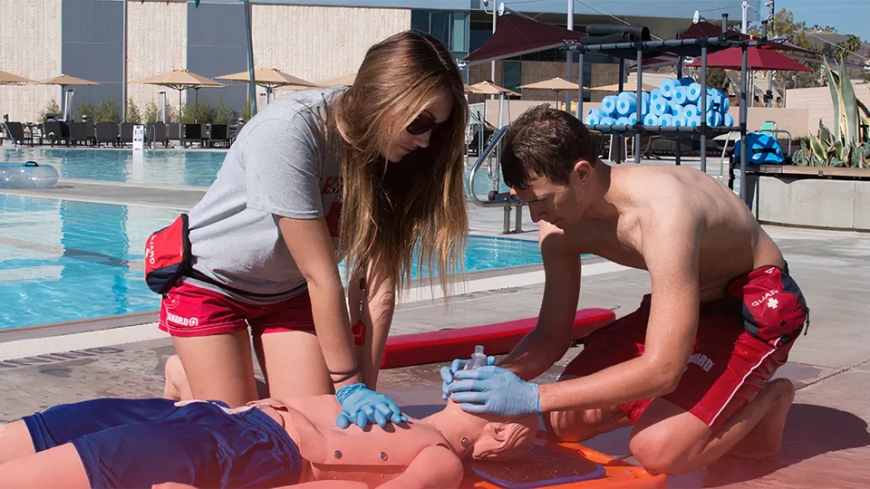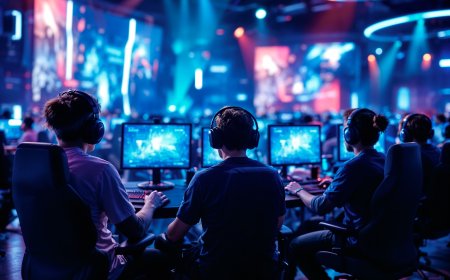Lifeguards Train for Evolving Life-Saving Techniques

When it comes to beach safety, Hawaiis lifeguards are among the most elite in the world. But as ocean conditions and water sports evolve, so must the techniques used to save lives. This was the guiding principle behind an intensive training session held in Hawaii, drawing lifeguards from across the globe.
The Lifesaving Power of Rescue Watercrafts
Rescue watercrafts are like a firefighters fire engine for lifeguards, said Kalani Vierra, Hawaii Fire Department & Ocean Safety Bureau Operations Chief. Probably the most versatile tool in our operation. We can go into beach surf, we can go over shallow water, we can stay close to shore.
These watercrafts are used in nearly half of Hawaiis 3,000 to 4,000 annual rescues, emphasizing their central role in ocean safety. The equipments ability to adapt to a variety of surf and shoreline conditions makes it indispensable.
Second Annual Rescue Watercraft Training
On February 26, the American Lifeguard USA hosted its second annual Rescue Watercraft Training at the Marine Corps Base Hawaii on Oahu. The event brought together lifeguards from across the stateand the worldfor hands-on instruction in modernized rescue methods.
Zach Edlao, Maui County Ocean Safety Bureau Chief, emphasized how dynamic rescue environments have become:
The types of rescues that we do, and especially the water sports that come about nowadays have changed a lot. Theres different types of grabs that they seem to have perfected over the years and change that works better now compared to what was taught about before.
Adapting to New Equipment and Conditions
Modern rescue gear has led to significant changes in technique. As Vierra explained, older protocols relied heavily on left-side rescues, but new equipment design has shifted focus.
With the changing of equipment that we have now, were doing rescues on the right-hand side. So, they have different options to their rescue operations, he noted.
Sharing Knowledge Globally
International participants also brought a spirit of collaboration.
Learn from the best, said Taishin Otono, President of the Japan Water Patrol & Okinawa Life Saving Association. To learn the best technique of the world and then I want to spread the techniques to Japan.
The global participation underscored the importance of shared learning in public safety, especially as climate change, rising sea levels, and new recreational water trends introduce unknowns to lifeguards everywhere.
Expanded Insights: The Future of Ocean Safety
While the training emphasized physical rescue techniques, it also hinted at larger industry trends:
-
Incorporation of Drones: Some lifeguard agencies are beginning to experiment with drones for quicker visual assessments in difficult surf zones.
-
Virtual Reality (VR) Training: Advanced simulation tools are being considered for training lifeguards in rare but high-risk scenarios like rip current entrapments or multi-victim incidents.
-
Environmental Awareness: Training increasingly incorporates ecological knowledgehow coral reefs, marine animals, or even algal blooms can affect rescue decisions.
As the ocean evolves, lifeguards are rising to the challengeequipped not just with gear, but with global camaraderie and cutting-edge skills. Hawaiis program sets a shining example of continuous adaptation and shared excellence.
Credit: Original reporting by Alina Lee, KHON2 News
About the Author
Avani James is a content creator and safety advocate with a keen interest in public service, ocean awareness, and community resilience. Through storytelling and journalism, Tamoor strives to spotlight innovation and humanity in critical frontline professions.










































